Ecology & Diet
I swear one'o'em biggies'd try chewin straight through ta iron grate ya dare let'em 'lone long 'nuff ta try doin' such'a thing. But wit as dumb'n stubborn one'o'em is? I'nna recommend doin' that.
Dey great'n all, but ta havoc em can wreak onna homestead really i'nna good at all. You gotta watch'em right, is true.— Daeron Arvastani, Homesteader
Before their domestication, Oelots originated in transitional Savanna regions such as
Rasha-Ui- frequently found on on the fringes of deserts; typically they inhabit places with a hilly or rocky landscape, but as they need a regular intake of water in their diet, their natural ranges are rarely far away from a nearby water source of some kind.
As an herbivorous mammal, they're largely diurnal- feeding from dawn to dusk by browsing, as well as grazing. Their activity is influenced greatly by weather, however; in hot weather Oelots may switch to a more nocturnal schedule, allowing them to feed at night when the temperatures are cooler. By contrast, they prefer to bed down in the open and graze during the day during cooler months; regardless of season and schedule, they shelter under taller trees and bushes to rest during the hottest hours of the day.
Like their feeding behavior, the content of their diet also changes according to the weather- which affects the availability of food resources in their territory; the proportion of grazed grasses in their diet increases significantly during the rainy season, but declines in the dry season and during droughts. During these times browsing predominates.
Wild or domesticated, most Oelots prefer to graze on grass and other short roughage. They've been known to eat succulents in times of water scarsity, however- and have been observed eating fallen fruit such as plumbs and acai berries. Legumes and forbs are also consumed. This makes wildlands, woodlands, and other uncultivated areas the ideal grazing pasture for domesticated Oelots.
Society & Reproduction
Oelots are herd animals, forming harems that vary in size from 6 to 100 individuals- often 3:1 sex ratio. As herds congregate close to one another year round and do not disband during the wet season for mating, Archivists believe they are inherently a social animal.
They are not territorial by nature, though they do form home ranges. These ranges can be as small as 200 to 400 acres (80 to 160 hectares, or 0.31 to 0.62 sq mi), to as large as 800 acres (324 hectares, or 1.5 sq mi) in size; Oelots rarely deviate from these ranges once established, except in times of extreme scarcity- breeding generation after generation within their borders.
Female Oelots reach sexual maturity at about 2 years of age, with males following at 4 to 5 years. Like most ungulates they breed year round- mating most frequently at times when food sources are abundant. This peaks during the rainy season when foliage is the most abundant, and declines significantly during the dry and cold seasons. Domesticated Oelots may breed more frequently, however, when their diets are supplemented throughout these seasons by their caretakers.
Once bred, expectant mothers gather in nursery herds separate from their harems of origin. These herds tend to be loose and have no obvious leadership. They remain with the nursery herd throughout their pregnancy, birthing and raising the new fauns as a group.
I'm tellin' ya! Nothing- and I mean nothing- is creepier than seeing a herd of the does standing around keeping watch while the others birth. Especially at night; the moonlight glints off their eyes like wildfire and I swear I've never seen a single one of them blink when they're on watch like that... Makes it a right frightening sight to watch yourself during birthing season.— Meanna Elori, Homesteader
Pregnancies range from 5 to 6 months in length, after which a single fawn is born. Deliveries usually occur at night, with the other females of the nursery herd encircling the birthing mothers and vigilantly watching for danger. Weaning of fawns occurs at roughly 4 months of age... Interestingly, though, the nursery herd does not rejoin the harem until all birthed fawns have been weaned- continuing to provide protection to the newer mothers until the process is complete.
Abilities & Senses
Oelots have evolved a number of evolutionary traits that make them well adapted to harsh climates. For instance, despite needing large amounts of water in their diets they can still survive in hot climates with little water- gravitating towards succulents and other plants with high water values during times of water scarcity. Their dry dung (which is drier than that of cattle), shade seeking behavior, and ability to change schedule during hotter months allows them to retain these internal water stores better than other livestock.
Oelots do have poor eyesight and depth perception compared to other ungulates, however, and are
incredibly sensitive to noise. They have also adapted to run at great speeds over long distances in order to out pace predators; they move quickly- often reaching speeds of 43 mph (70 km / h). And despite their size they're exceptional jumpers, easily clearing heights of up to 6 feet (1.9 m).
Domestication Benefits
Oelots? Now those are a gift from the almighty Divine, I tell ya. Before them I tried sheep. I tried cattle. I tried goats... Hell, I even tried raising wyverns if you can believe it. But Oelots are easier'n all of them combined'n they can do it all.
You need meet? Milk? Wool? Hide? Somethin' to carry your stuff? An Oelot'll do all that'n more... I even used mine to pull down that ugly old chook coop over there last year; all you need is some food'n they'll do nearly anything you want long as you don't ever spook 'em.— Amabelle Jaddur, Homesteader
Oelot's ability to survive with little water makes them well suited to harsh climates. In addition to this, they can eat coarser foliage than most, and can even ingest poisonous plants that frequently prove fatal for other livestock animals. As Oelots can survive on a highly varied diet, it is easy for caretakers to supplement during times of food scarcity. Additionally, Oelots are immune to common diseases that plague livestock herds of more common types.
Their ability to become hefted to a particular range means that they don't roam freely in unfenced landscapes- making it much easier to establish and maintain territory for them. Oelots are also docile creatures by nature, and being food oriented, are easily trained to associate caretakers with regular feeding. This keeps them closer to the caretaker's dwelling naturally once hefted- and the behavior can even be exploited by caretakers in order to move herds to new hefts, simply by leading them with buckets of feed.
The downside is that fawns often learn the boundaries of their heft from their mothers. If whole flocks are culled, heft boundaries must be manually retaught to any replacement Oelots. For this reason, caretakers rarely cull entire herds- choosing to retain at least one breeding pair from the original, who can teach the heft to any replacements.
Their poor eyesight and sensitivity to noise, however, does make them highly unsuitable for areas with high populations and noise levels- leading to their popularity as livestock for homesteaders in wildlands, deserts, savannas, mountains, and other more inhospitable areas. It also makes them more difficult to handle in some regards, as caretakers cannot make loud noises near them without risk of scattering the herd; herds may be desensitized to some noises while they're still young, but the risk of a herd scattering in the presence of danger remains high regardless.
Unfortunately scattering can mean the loss of a herd if a caretaker isn't careful, as Oelots may easily surpass the boundaries of their heft during their effort to remove themselves from an area of danger... They will eventually return to their home ranges once they know the danger has passed. But even in light of this, scattering frequently means the loss of several members of the herd- either to predators, or as a result of being unable to find their way back.
Domestication Uses
Keeping a Oelot herd is both easy in some regards, and difficult in others. Despite this, most people prefer to raise Oelots due to the numerous benefits that they provide as a livestock animal.
As a food animal they give large quantities of tender meat even if fed a low-quality diet. Their milk is
comparatively richer than that of common cattle, and has about triple the fat content and twice the protein. Additionally, Oelot hides are high quality, and their skin thick and tough- making their hides perfect for use in trade and the production of heavy leather goods. Likewise, the hair of their mane and tails can be sheared and regrows quickly, allowing them to be used as fiber animals similar to sheep.
Oelot bodies are strong and thickly muscled- particularly around the chest and front and hind quarters. These powerful muscles make them perfect candidates as beasts of burden- often being used to pull plows and carriages by those who keep them. Unfortunately, however, attempts to use them as a riding mount have been largely unsuccessful across the board; only a few people have been able to train an Oelot to take to the saddle- though they can be led as a pack animal as long as they aren't frightened.
Gentle, and easy to herd, breed, and overall care for, Oelot provides one with a creamy meat that is high in nutrition while being lean in fat. This results in the perfect steamed meat, dumpling, pastry, and pie filling, or stew meat... Though they require supplemental fat in the form of butter or lard, or a good soak in their own milk, should one wish to partake of a steak, or a rump or loin roast.
Light but rich in flavor, they take to seasoning well and are recommended seasoned with thyme, rosemary, and other lighter herbs.— A Homesteader's Guide to Oelot









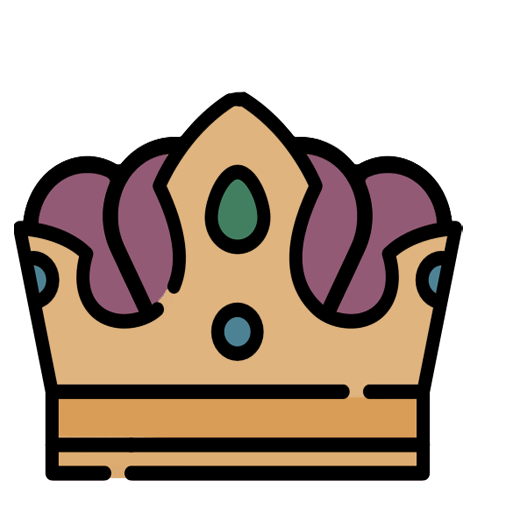
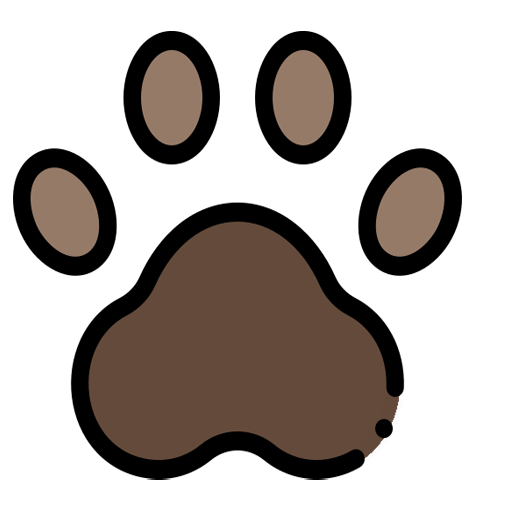
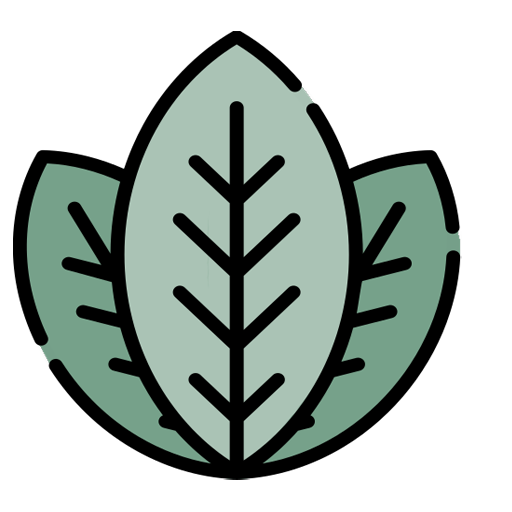
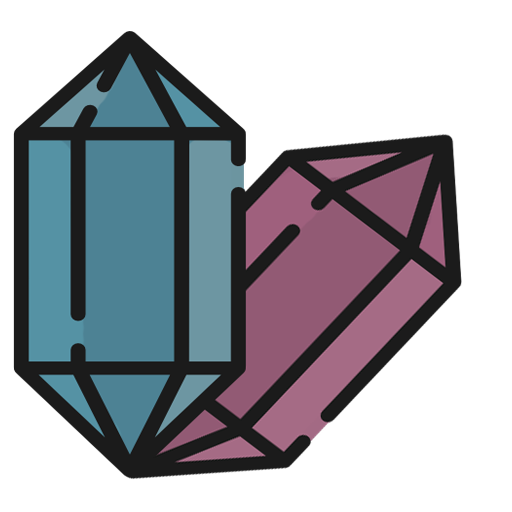
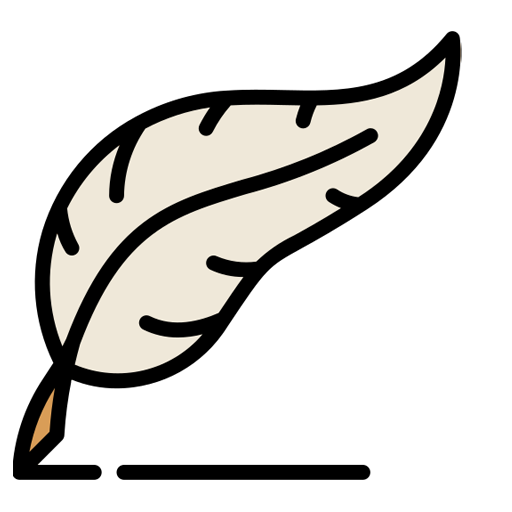
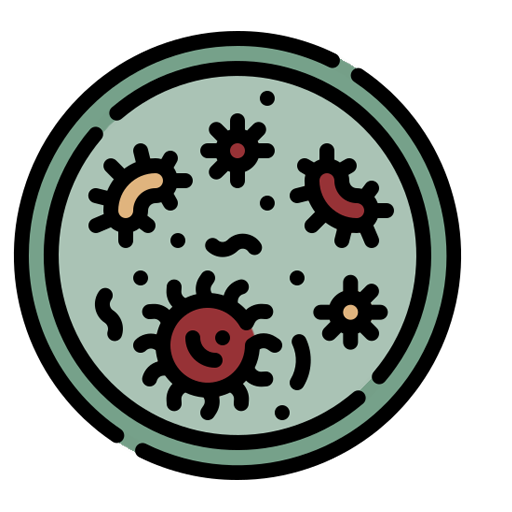










Comments
Author's Notes